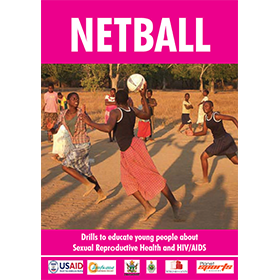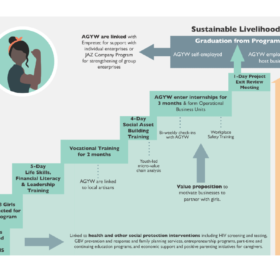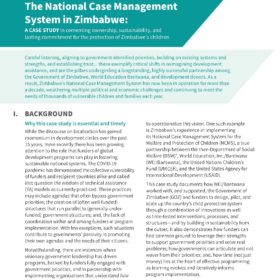Under this five-year project USAID OVC project, Bantwana worked to mitigate the impact of HIV and AIDS on vulnerable families by strengthening the capacity of communities, local service providers, and the Government of Zimbabwe’s social protection and health service systems. In every year of operations, the project reached an average of 150,000 vulnerable children, youth, and their caregivers across all 65 districts of Zimbabwe with high quality, timely, comprehensive, and layered services. Our integrated approach strengthened existing systems at the community, district, and national levels in the areas of health, education, child protection, economic strengthening, gender-based violence, and youth and livelihoods.
Vana Bantwana focused on addressing disparities in the HIV continuum of care for especially vulnerable children — namely, child-headed households, and children out of school, living on the streets, or on the move, and children of sex workers and artisanal miners. Complementary funding under the E-IMPACT, DREAMS and Together for Girls programs enabled us to augment Vana Bantwana with gender-based violence prevention; screening and response services in schools, clubs, and clinics; educational support; financial literacy, entrepreneurship, and vocational training; and other supports to build the social, health, and economic assets of adolescent girls and young women.
Key accomplishments:
- 620,335 children reached with protection and gender-based violence information and services
- 460,242 children tested for HIV
- 10,904 HIV-positive children initiated on antiretroviral therapy;
- 50,945 children reached with education support and/or vocational training, including 2,378 children with disabilities
- 33,895 households benefited from economic strengthening, with caregivers contributing from their own savings towards educational assistance for 11,041 children
- 2,286 case care workers trained to work as a formal community cadre supporting the national case management system under the Department of Social Welfare
- 7,459 adolescent girls and young women received the DREAMS core package of services (gender-based violence prevention, social protection, and economic empowerment services)
- 3,323 AGYW received gender-based violence response services
The expansion of the social welfare workforce at the community level, to support the National Case Management System, was a key sustainable outcome of Vana Bantwana. We also built the capacity of 10 local organizations to manage models of care, with three lead partners graduating to direct implementation of USAID funding within just 15 months.





